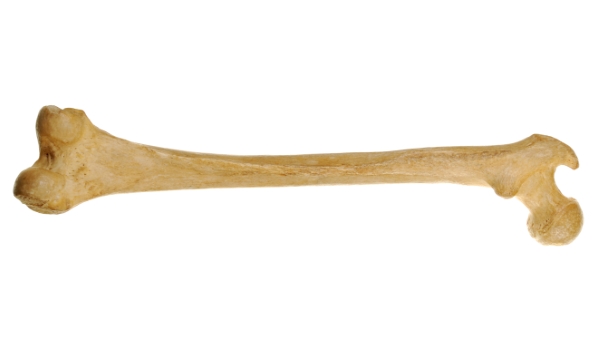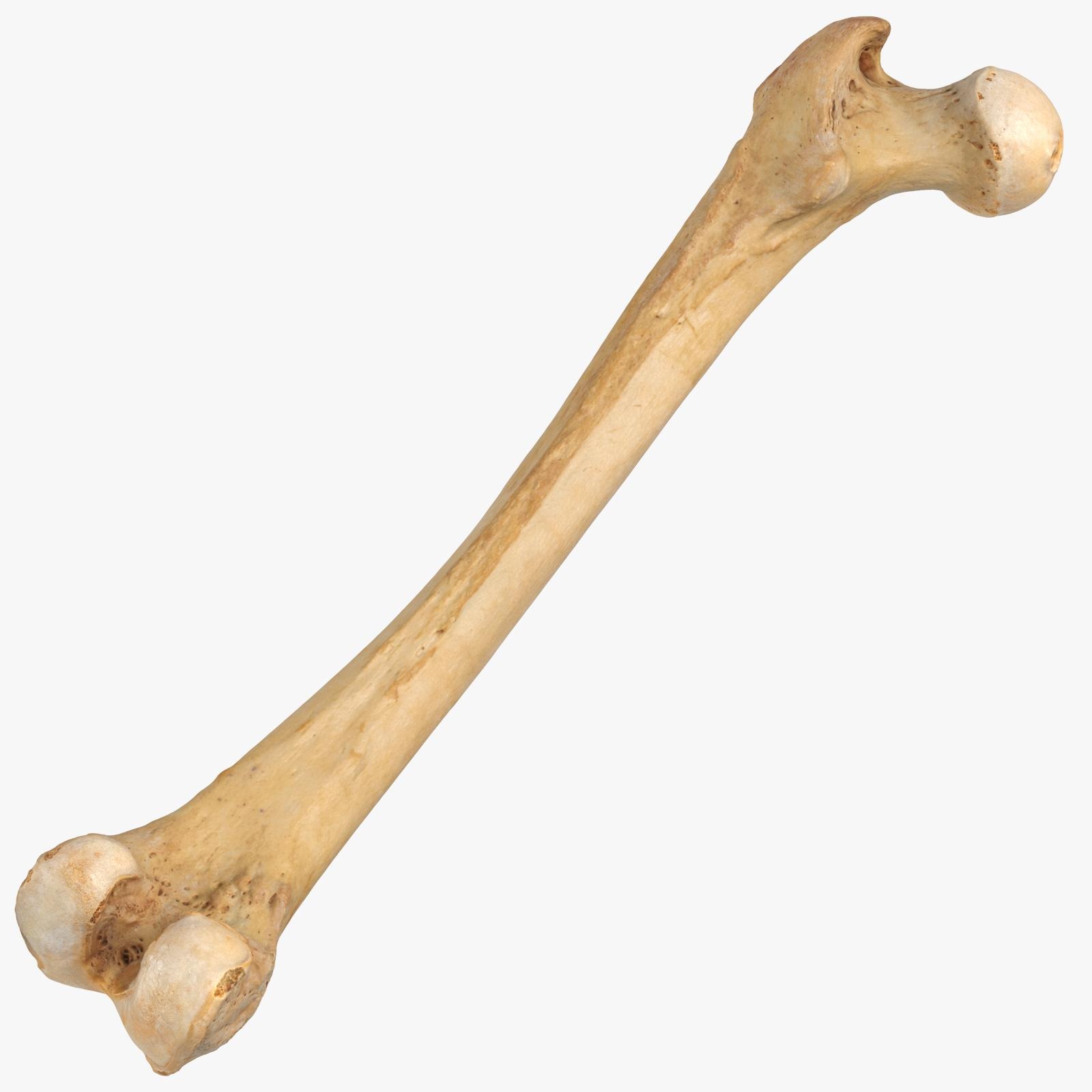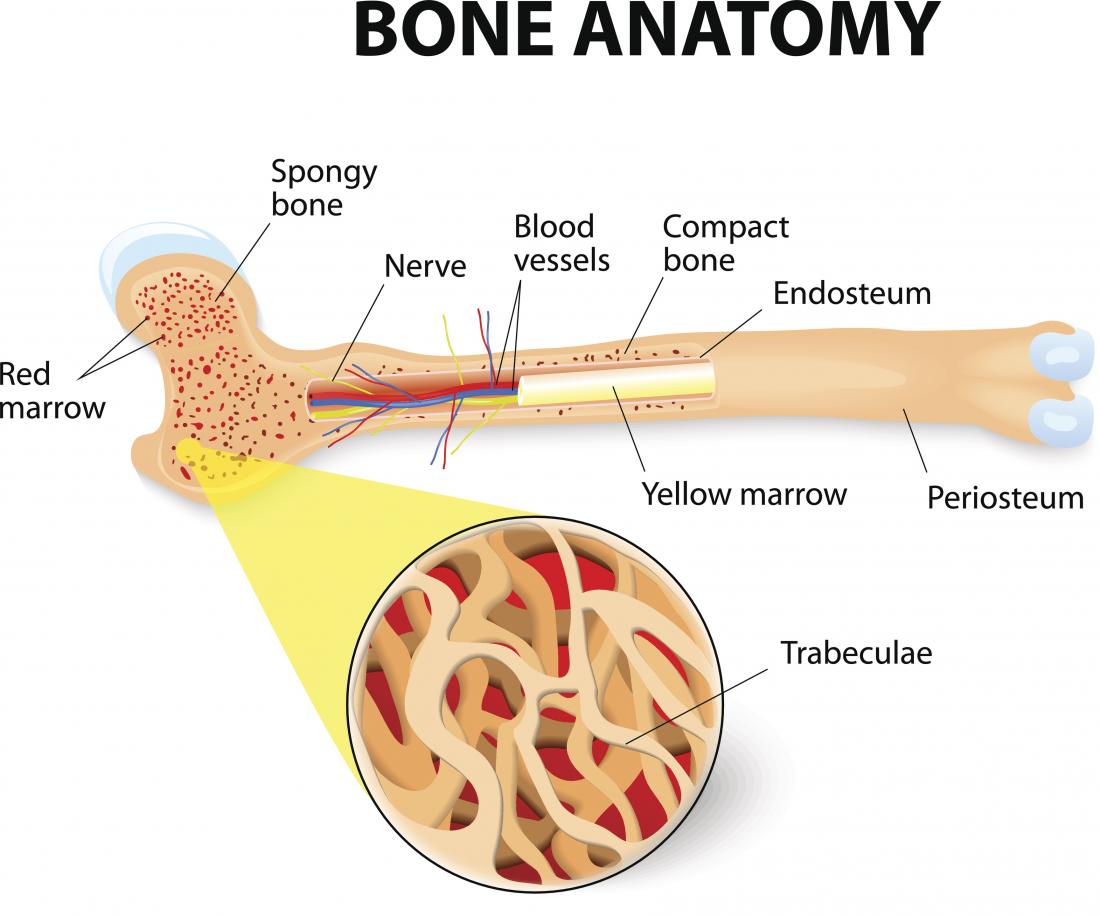Bone Crusher Net Worth: How Your Skeleton Builds And Breaks For Health
Your body holds some truly amazing secrets, and among them is the constant, quiet work happening deep inside your bones, you know. Many people think of bones as just static, hard structures, but that is very far from the truth, actually. They are living, breathing parts of you, always changing and adapting, which is pretty incredible when you think about it.
This ongoing activity involves a fascinating dance between building up and breaking down, a process that keeps your skeletal system strong and ready for anything, you see. It's a bit like a continuous renovation project, where old parts are carefully removed to make way for new, fresh material, so your body is always improving itself, more or less.
Today, we're going to explore what we might call the "bone crusher net worth," not as a financial sum, but as the true value and importance of these internal processes. We'll look at how your body handles this vital work, including the "crushing" part, and what it means for your overall health and well-being, which is pretty important to understand, you know.
Table of Contents
- The Dynamic World of Your Bones
- Meet the Bone Crushers: Osteoclasts
- The "Net Worth" of Bone Remodeling
- Keeping Your Bone "Net Worth" High
- Common Questions About Bone Health
The Dynamic World of Your Bones
Your bones are a bit like a bustling city that never sleeps, constantly undergoing construction and renovation, you know. They are not just rigid supports that stay the same throughout your life, not at all. Actually, specialized bone cells, called osteoblasts and osteoclasts, are actively working to construct and remodel them throughout your entire life, which is a pretty big job, really.
Within any single bone, the tissue is woven into two main types, you see. There's the dense, outer layer, and then a more porous, spongy inner part, which helps absorb shock, especially in places like the ends of long bones or in your skull, for instance. This dual structure helps ensure strength and flexibility, so it's a very clever design.
Bone itself is a rigid body tissue, consisting of cells embedded in an abundant, hard intercellular material, you know. This material is what gives bone its characteristic hardness, a quality many of its functions depend on, which is pretty obvious, actually. It's truly a living, rigid tissue that makes up your body's skeletal system, providing so much more than just a framework, arguably.
Bones are classified by their shape, you see. They may be long, like the femur in your leg or the bones in your forearm, or short, like those in your wrist and ankle, for instance. Some are flat, like the skull, while others are irregular, such as the bones in your spine, so they come in all sorts of forms, more or less. Primarily, they are referred to by these shapes, which helps us understand their different roles, apparently.
These incredible structures form the scaffolding that holds your body together and allows it to move, you know. They also help protect vital organs, like your brain and heart, and store important minerals such as calcium, which is pretty crucial. What's more, they provide an environment for creating blood cells, which is a function many people might not even realize, you see.
Bone tissue differs greatly from other tissues in the body, mostly because of its hardness, you know. This unique characteristic is what allows bones to perform their many protective and supportive roles so effectively, which is quite a feat, really. It’s a metabolically active connective tissue that plays an important part in regulating various bodily functions, too, it's almost like a silent manager in your body.
Meet the Bone Crushers: Osteoclasts
When we talk about the "bone crusher" in your body, we are actually referring to specialized cells called osteoclasts, you see. These cells are absolutely essential for maintaining healthy bones, even though their job sounds a bit destructive, which is pretty interesting, isn't it?
Osteoclasts are the cells responsible for breaking down old, damaged, or unnecessary bone tissue, you know. Think of them as the body's natural demolition crew, clearing away the old to make room for the new, which is a very important part of the bone remodeling process, apparently. They essentially dissolve the mineral components of bone, releasing them back into the bloodstream, which is how your body recycles these vital materials, for instance.
This process of breaking down bone might sound counterproductive at first glance, but it's actually vital for skeletal strength, you know. Without osteoclasts, your bones would become overly dense with old, brittle tissue, making them more prone to fractures, which would be a real problem. They help keep your bones fresh and adaptable, so they can respond to the stresses of daily life, more or less.
The "My text" describes bone remodeling as a process where old bone tissue is constantly broken down and replaced with new tissue, you see. This ongoing cycle helps maintain skeletal strength, which is precisely where the osteoclasts come into play, performing their "crushing" role. They are not working alone, however, as they are part of a larger team, actually.
Their partners in this dynamic process are osteoblasts, which are the cells that build new bone, you know. These two types of cells work in a carefully coordinated dance, ensuring that bone is both removed and added in a balanced way, which is pretty amazing. This balance is what keeps your bones strong and resilient throughout your life, so it's a very delicate system, really.
A bone is a somatic structure composed of calcified connective tissue, you see. Ground substance and collagen fibers create a matrix that contains osteocytes, which are mature bone cells. The osteoclasts are vital in managing this matrix, ensuring its continuous renewal and integrity, which is a pretty big responsibility, actually.
The "Net Worth" of Bone Remodeling
So, when we consider the "bone crusher net worth," we are really talking about the overall health, resilience, and functional value of your skeletal system, you know. This "worth" isn't a number in a bank account, but rather the sum total of your bones' ability to support you, protect your organs, and allow you to move freely, which is pretty invaluable, isn't it?
The true value of your bones is deeply tied to the constant process of bone remodeling, where the "crushing" action of osteoclasts is perfectly balanced with the building action of osteoblasts, you see. This continuous give-and-take ensures that your bones remain strong, dense, and able to withstand daily wear and tear, which is absolutely essential for your body's structure, actually.
If this delicate balance gets out of whack, your bone "net worth" can start to decline, you know. For instance, if the bone-breaking activity of the osteoclasts becomes too dominant, or if the bone-building activity of the osteoblasts slows down too much, your bones can become weaker and more fragile over time, which is a serious concern, obviously.
This imbalance can lead to conditions where bones are less able to perform their vital roles, you see. Spongy bone, commonly found at the ends of long bones, as well as in flat bones like the ribs, skull, and vertebrae, relies on this remodeling to help absorb shock effectively, for instance. If its integrity is compromised, that shock absorption capability lessens, which is not ideal, more or less.
The meaning of bone is one of the hard parts of the skeleton of a vertebrate, you know. How to use bone in a sentence often

Structure and functions of bones - Online Science Notes

Bones And Muscles / The Skeletal System Class 5 -Notes - CBSE Class

Bones: Types, structure, and function